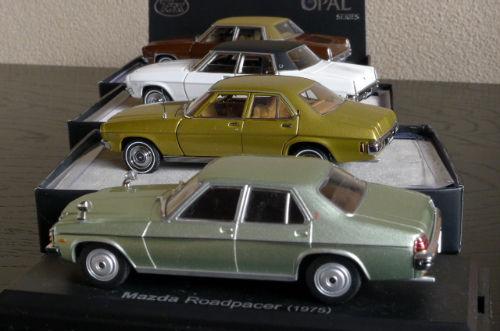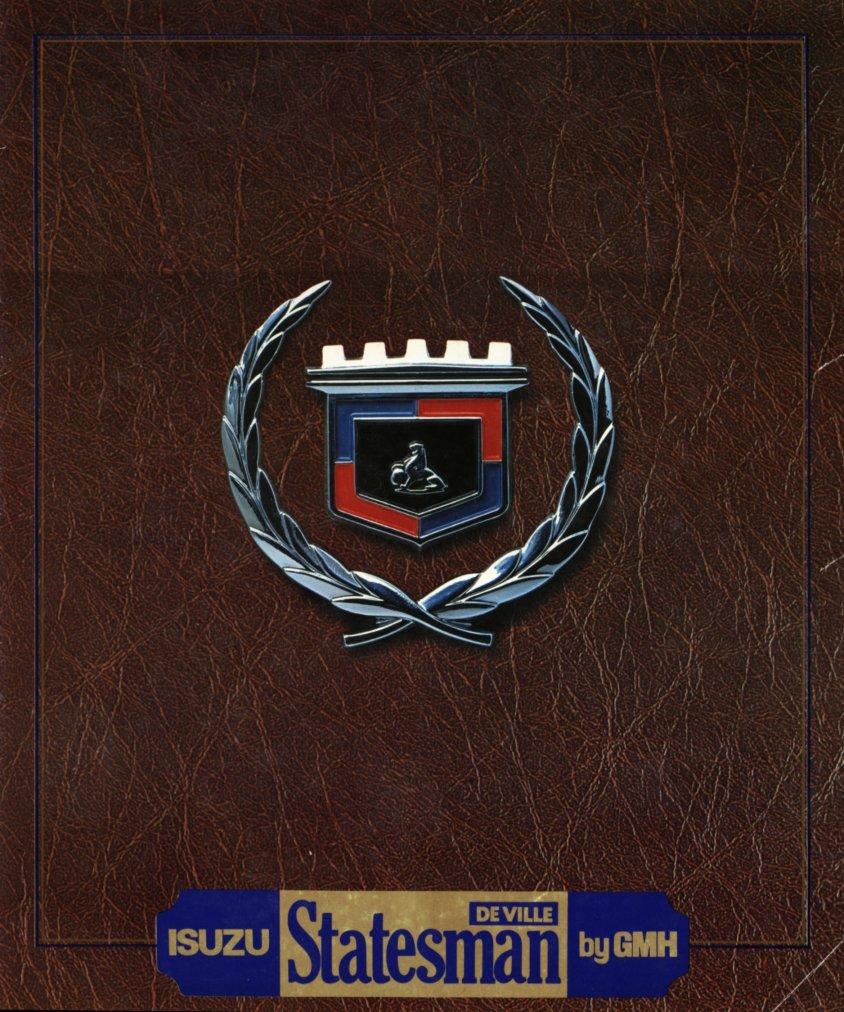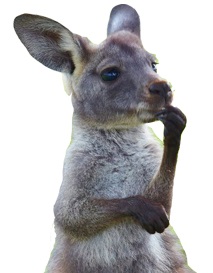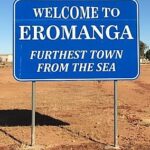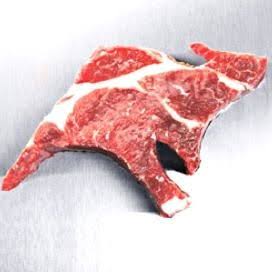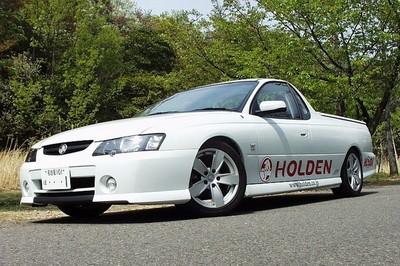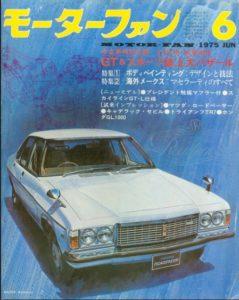
On this day 70 years ago, Australia launched a domestic automaking industry at Fishermen’s Bend in Melbourne to produce Holden cars.
Not many outside Australia that the Great Southern Land once produced cars, and perhaps even fewer still are aware that Oz exported some models to Japan.
These weren’t cars assembled in Australia and shipped to the world’s then second-largest car market (as would happen in the late 1980s and 1990s, notably with the Subaru Outback).
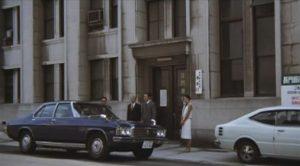
They were cars made with the intent of attracting Japanese consumers.
Ironically, one of the cars marketed was the Mazda Roadpacer, a car slightly adapted from an iconic Australian car, the Holden Kingswood.
Holden would make the cars in Australia and export them as Holden Premiers, the luxury version of the Kingswood, to Japan, where they would be given even further added attractions.
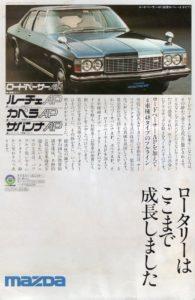
The car was supposed to be used by high-ranking government officials, but the timing of the enterprise could hardly have been worse.
The gas-guzzling Kingswood-derivative was first sent to Japan in 1975.
Sales weren’t ever as good as hoped for, however, and were not aided by the oil shock, which sent petrol prices skyrocketing throughout the 1970s.
After selling only 800 units in two years, Mazda withdrew the Kingswood from the Japanese market.
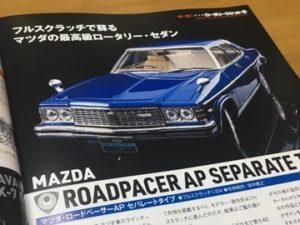
The main character of the show, Ted Bullpitt, routinely derided Japanese cars during the program’s run from 1980 to 1984, using such terms as “Datsun deviant” for drivers of Nissan vehicles.
Ironically, the Kingswood would soon become an even bigger icon in its home country with the debut of Kingswood Country, a TV comedy about a bigoted suburban Australian man and his family whose great pride and joy was owning a Kingswood.
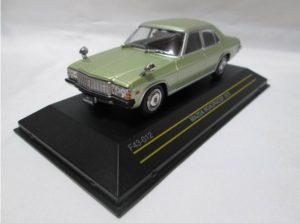
But it wasn’t just Kingswoods, either, that Australian automakers (well, Holden) were sending to Japan.
Arguably the premiere Australian vehicle, the Statesman de Ville, had also gotten a run in the Land of the Rising Sun a couple of years earlier and uncannily left an almost identical record.
The de Ville, also made by Holden, had been added to the Isuzu lineup of passenger vehicles for 1973-4.
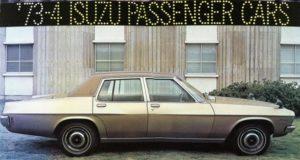
It retailed at a then hefty 3.48 million yen (when starting wages were just over 60,000 yen per month).
Though car enthusiasts and critics were generally upbeat about the de Ville, it failed to touch a nerve with consumers despite golf superstar Jack Nicklaus being used to plug the car in Japan.
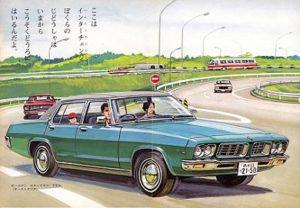
The de Ville was removed from the Isuzu range in 1975 after having sold fewer than 250 cars in the then still booming Japanese auto market.
Alas, despite the best efforts of Australian workers, the Oz automaking industry would ultimately suffer the same ignominious fate as its luxury car exports to Japan had seen: humiliating ends.
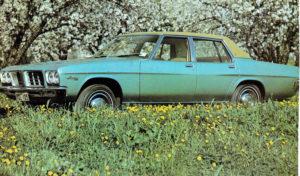
Buffered by considerable protection into the 1980s, the Australian car manufacturing industry coughed and spluttered its way through the final decade of the 20th century and into the first years of the new millennium.
But by the second decade of the 21st century it was clear that Australian automakers had priced themselves out of the market, mostly by overpaying C Suite types, but also by being unable to compete with countries that did not pay workers a fair wage.

Holden and Toyota Australia were the last automakers to maintain manufacturing plants in Australia, but both closed in 2017.
Holden and Ford Australia still have design and development facilities operating in Australia, so the country is still theoretically capable of producing cars.
Jack Nickalus advertising the Holden Statesman de Ville in Japan
An Australian-made Statesman de Ville featuring in a 1979 Japanese TV cop drama.
Japanese report on the Roadpacer (Kingswood)
Automotive Industry in Australiaオーストラリア製アメ車に13B搭載!?マツダ・ロードペーサーAPはセンチュリーより高級だった?
